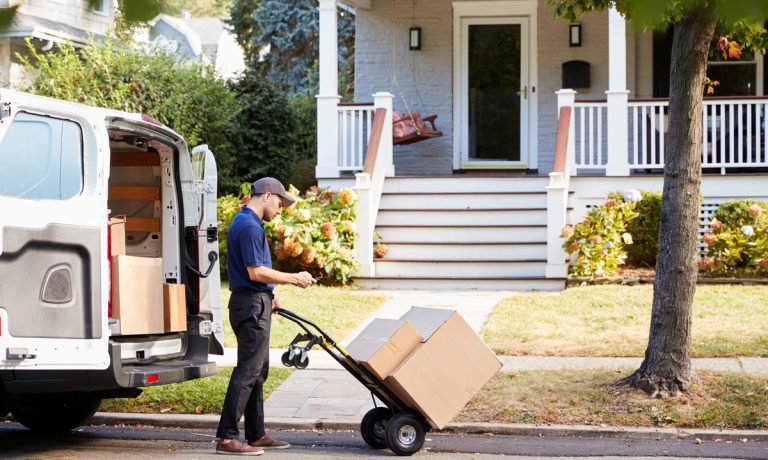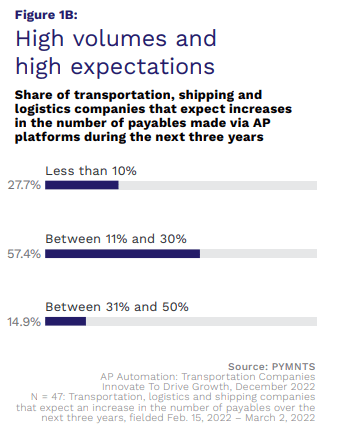
Last-mile delivery helped determine whether your holidays were joyous or not.
Late packages mean fewer items for the kids or the parents to go around — and all you’ve got to offer is an email with a “delivery window” that stretches well into the New Year.
Logistics providers had to grapple with the pressures and unpredictability of a once-in-a-generation storm that plagued the U.S. headed into the holiday weekend.
But beyond the vagaries of weather, supply chain inefficiencies continue to be an issue, and will continue to be an issue well into 2023, and likely beyond. As reported by CNBC last week, more than half of logistics managers at major companies and trade groups say the supply chain will not return to normal until after 2024.
For retailers, of course, last-mile delivery is the bridge that gets goods from distribution centers and warehouses to the end user’s doorstep and is what winds up cementing loyalty and intent to keep buying. And as retailers are contending with their own inflationary pressures, optimizing efficiencies is critical. Part of those efficiencies has to be embedded among various links in the supply chain.
As detailed in this space earlier in the year, a number of firms — including FinTechs — seek to streamline the documentation and the matching of supply and demand within freight and logistics that get items where they need to go.
Platforms such as Echo Logistics help streamline the booking and tracking of shipments. CFO Pete Rogers said Echo has been examining how to make billing and collection more automated across the freight industry’s largest portals, and embedded payments are gaining traction.
“Being able to send and receive payments as quickly as possible and have them go through the system with limited human touch and just appear in a bank account, and knowing when the cash is coming — well, that’s a big deal,” he said.
Drilling Down into the Last Mile
There’s ample opportunity to digitize back-end processes in the last mile part of the equation, where trucks get loaded up and hit the road. FinTech AtoB has been positioning itself to modernize trucking through a payments platform that offers no-fee fleet cards, instant direct-deposit payroll and access to bank accounts and savings tools.
“We are building the equivalent of Stripe or Square for transportation,” Vignan Velivela, CEO and co-founder of AtoB, told PYMNTS’ Karen Webster in an interview.
Stripe itself is helping facilitate payments across the sector, where 90% of fleets are carriers with fewer than half a dozen trucks. Emily Glassberg Sands, head of information and data science at Stripe, took note of the paper processes and invoices that lead to payments delays, with as much as 40% of trucking capacity going unused, per MIT studies.
The opportunity to upgrade and innovate accounts payable processes is there. PYMNTS found in its report “AP Automation: Transportation Companies Innovate To Drive Growth,” a collaboration with Routable, that 55% of transportation companies see innovating AP platforms as an important goal.

These transport firms are already processing payables at high volume: 71% process an average of at least 1,000 payables each month, and 72% of those businesses expect their payables to rise by 11% or more over the next three years. A growing number of firms expect to move volumes onto automated AP platforms.
The positive ripple effect is that as payments improve, the truckers see better cash flow, and can improve their own operating efficiencies, even put more trucks out there, with last-mile delivery ultimately improving. And that makes for a joyous end-customer experience at the doorstep or in the store.